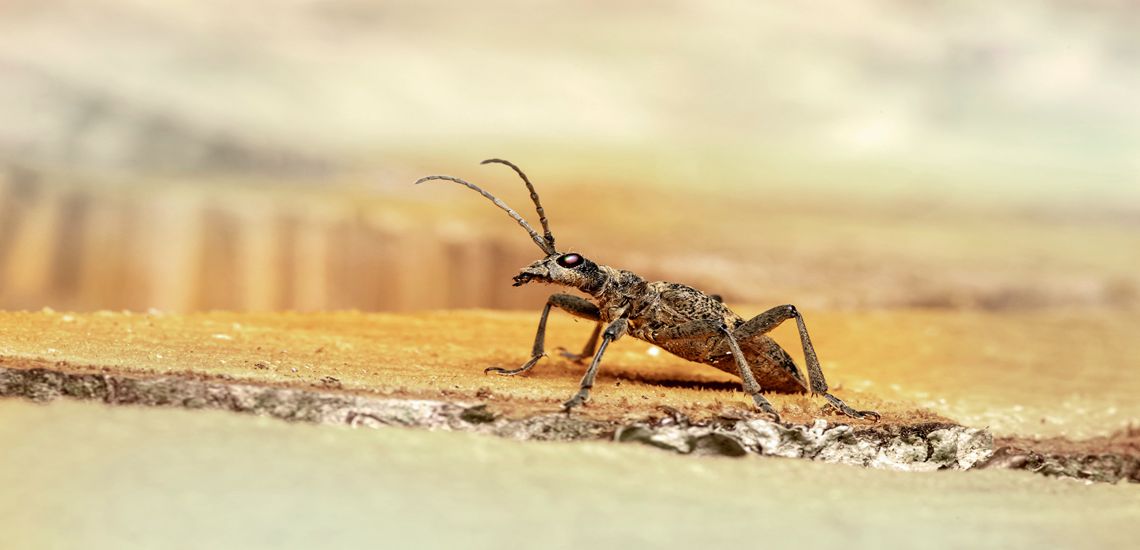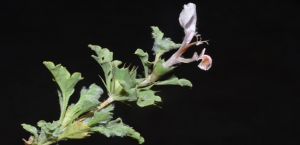Abstract:
The Cerambycidae comprise diverse (>35,000 species) family of wood boring beetles, many of which are of concern as invasive species because their long-lived larvae are readily transported around the world concealed in wooden products and packing materials. In forests, particular tropical forests, these insect play important roles in forest ecology and recycling nutrients. Over the past two decades our understanding of cerambycid pheromone chemistry has advanced rapidly, with pheromone structures now described for several hundred species. In this talk, I will describe how pheromones are identified in the lab and how field testing pheromones reveal taxonomic patterns of pheromone use and how pheromone structures are conserved, highlighting work done at the Bulong Nature Reserve (Mengsong, Yunnan). The purpose of this study was two-fold 1) to examine the effectiveness of a generic lure as a potential monitoring tool for both biodiversity assessment and potential invasive species, and 2) examine a multicomponent lure at a nature preserve where single component lures were tested previously (1,526 cerambycids representing 71 species were captured in pheromone-baited traps, with 14 species accounting for 92% of the specimens, see Wickham et al. 2014). Working in a subtropical forest in southwest China, we set traps baited with generic lures at ground level (1 m) and canopy height (~18 m) across 22 randomly located forest plots (12 regenerating forest, 10 mature forest). Three stations were established per plot and each plot was trapped for 7 days in May–June 2013. In total, 4541 beetles of 71 species were caught, including 26 species with 10 or more individuals. We used Hierarchical Modeling of Species Communities (HMSC) to analyze the data and produced informative models for 18 species, showing that site variables such as trap height, slope, elevation, and leaf-area index were important determinants of cerambycid distribution (Wickham et al. 2021). Seven species were captured in significant numbers that were not caught in the previous study with single components or captured in low numbers, indicating their pheromones likely have multiple components, while three expected species were absent, indicating inhibition or antagonism from multiple pheromone components. Nevertheless, as expected, 11 of the 14 species that had been attracted in significant numbers to traps baited with single compounds in our previous trial were also captured in good numbers in the present study, suggesting a multicomponent lure is generally useful for surveying and monitoring. Our results demonstrate the potential for using generic lures to detect and monitor cerambycid populations, both for regulatory purposes andand enhance the understanding of cerambycid ecology. Further research should focus on refining lure blends, and on repeated sampling to determine temporal and spatial dynamics of cerambycid communities.
Speaker: Dr. Jacob D. Wickham
Affiliation: Severstov Institution of Ecology and Evolution, Russian Academy of Sciences
Time: 10:00 AM, Tuesday, June. 20, 2023
Venue: ZOOM 会议平台 会议 ID:312 430 8960 会议密码 PWD:666666
ZOOM
会议 ID:312 430 8960
会议密码 PWD:666666



